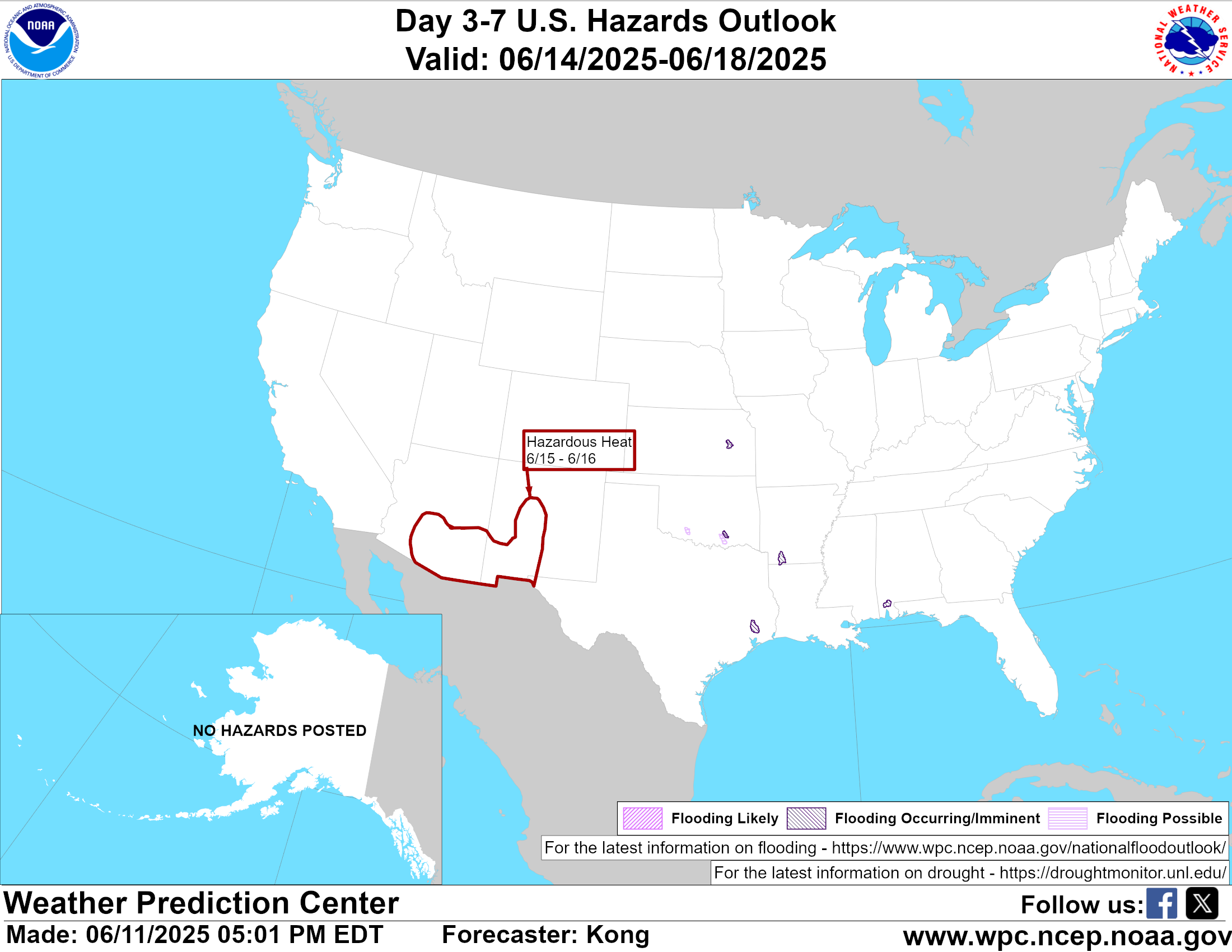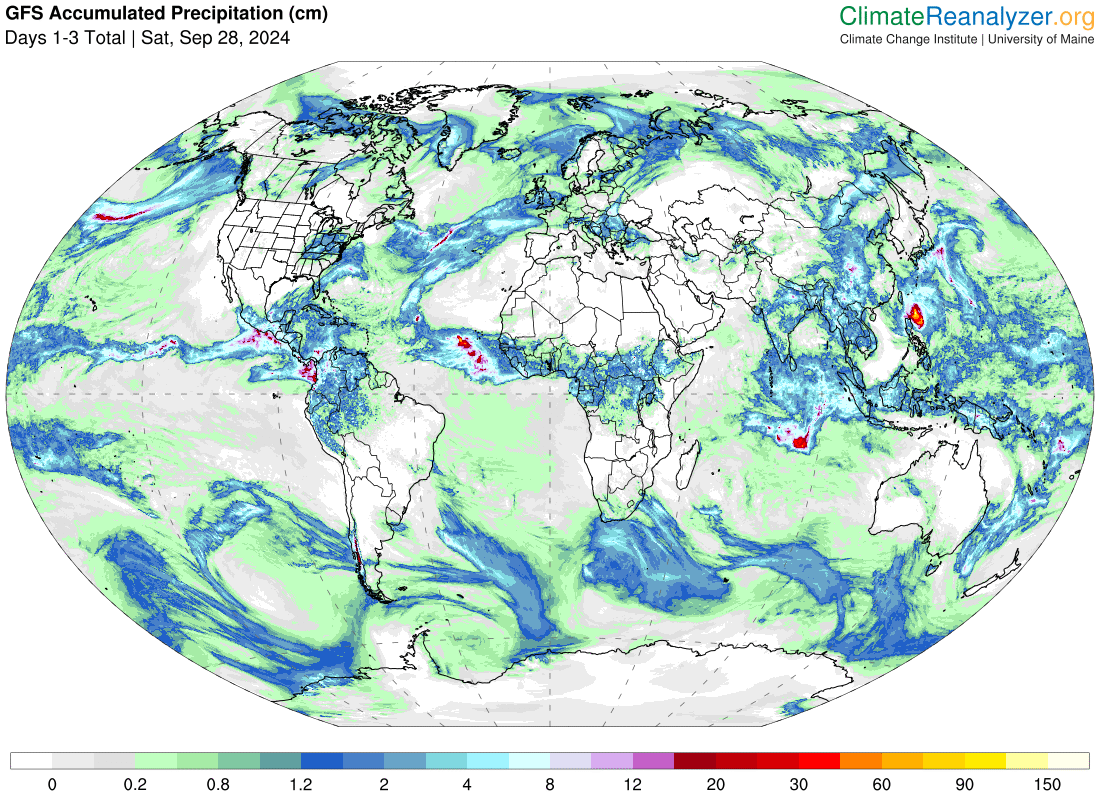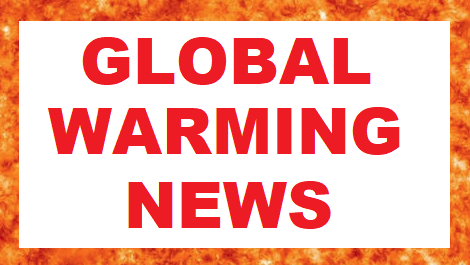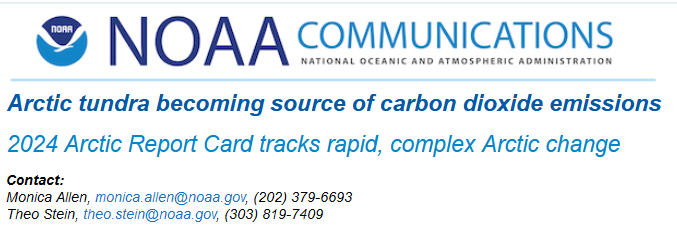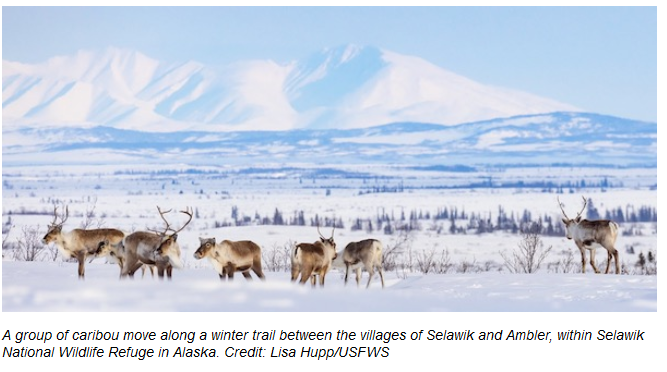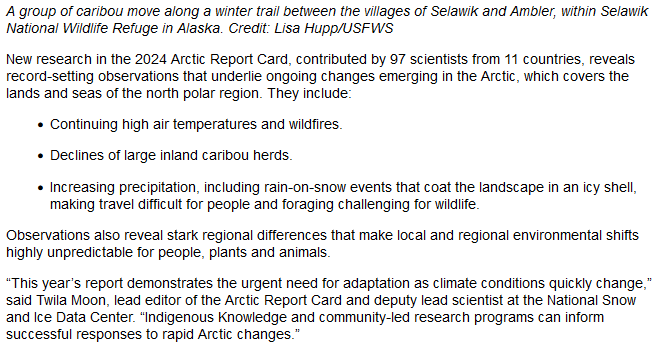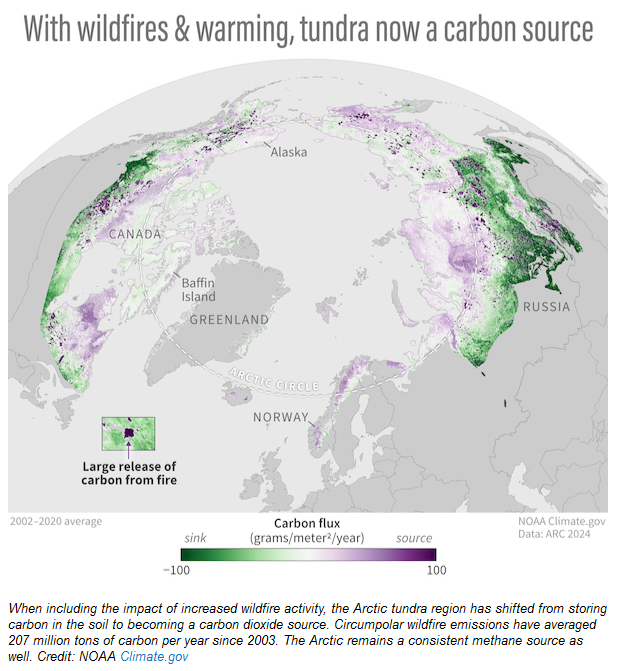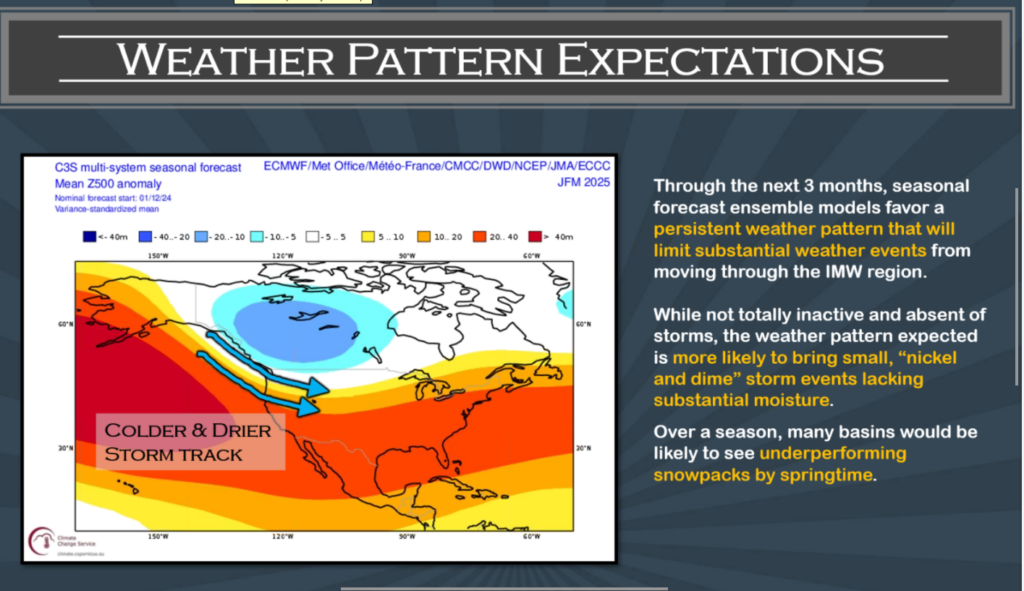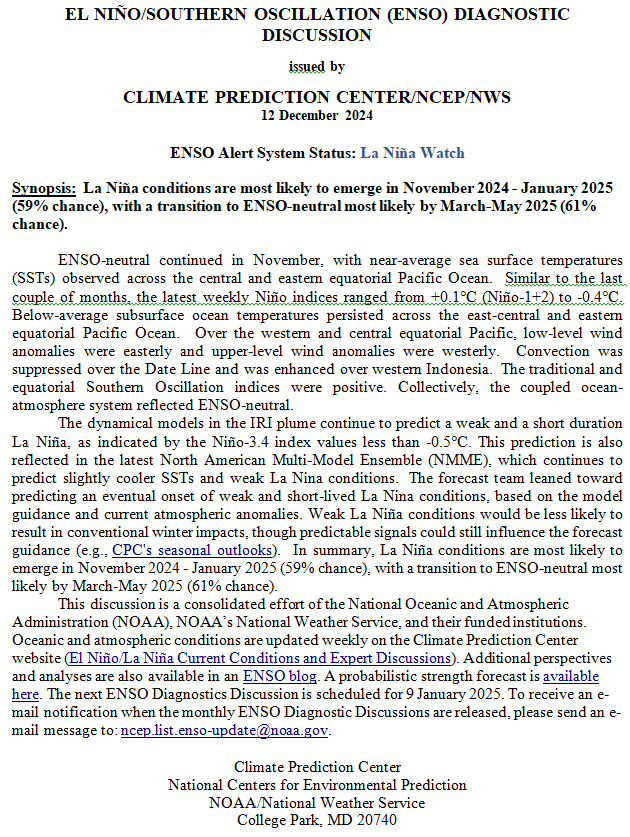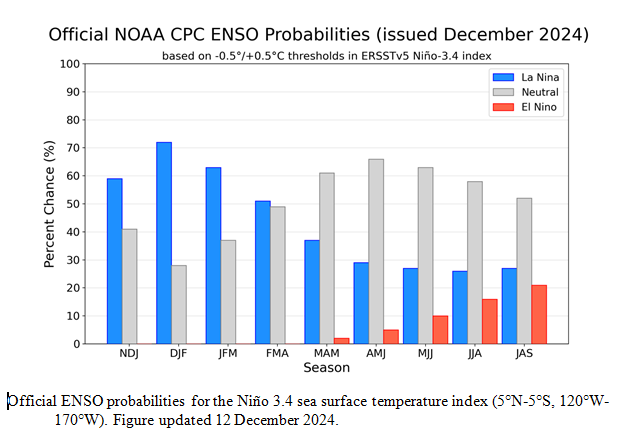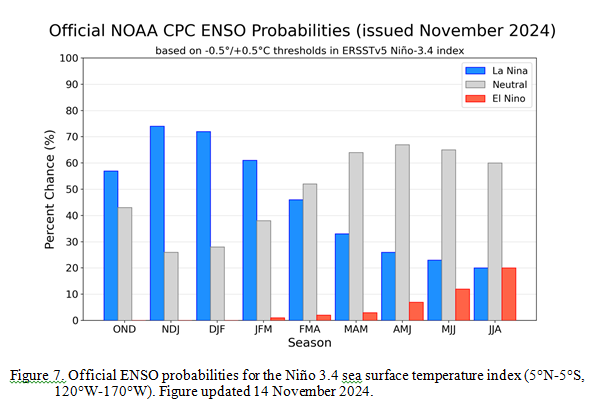Weather Outlook for the U.S. for Today Through at Least 22 Days and a Six-Day Forecast for the World: posted December 15, 2024
This article focuses on what we are paying attention to in the next 48 to 72 hours. The article also includes weather maps for longer-term U.S. outlooks (up to four weeks) and a six-day World weather outlook which can be very useful for travelers.
First the NWS Short Range Forecast. The afternoon NWS text update can be found here after about 4 p.m. New York time but it is unlikely to have changed very much from the morning update. The images in this article automatically update.
Short Range Forecast Discussion
NWS Weather Prediction Center College Park MD
Sun Dec 15 2024
Valid 12Z Sun Dec 15 2024 – 12Z Tue Dec 17 2024…Wintry mix expected for the Appalachians Sunday with the potential for
significant icing in the central Appalachians……Showers and storms with locally heavy rainfall possible across the
Lower Ohio Valley through Monday……Pacific system to bring a renewed round of lower elevation/coastal rain
and heavy mountain snow to the Northwest late Sunday into Monday…An upper-level wave has helped trigger a broad area of wintry
precipitation this morning which will pass through the interior
Northeast/Appalachians through the day Sunday. Some light snow
accumulations will be possible for the central/northern Appalachians with
some ice accretions expected for the southern/central Appalachians. More
significant ice accretions of 0.1-0.3″ are forecast for a smaller region
of eastern West Virginia north through western Maryland and into southwest
Pennsylvania which could cause tree and power line damage. Some lighter
rain showers will be possible along the Eastern Seaboard. The wintry
precipitation will lift northward into New England bringing some lighter
accumulations into the day Monday.Further West, another upper-level wave/accompanying surface frontal system
will better organize along the High Plains and push eastward into the
Plains Sunday. Some light snow/ice accumulations will be possible
northwest of the system over portions of the northern Plains through
Sunday evening before shifting into the Upper Midwest Monday. To the
south, moist return flow form the Gulf reaching the eastward moving
frontal system will lead to increasing coverage of showers and
thunderstorms across the Lower Ohio Valley southwest into the Southern
Plains by late Sunday. Coverage and intensity should increase through the
day Monday as the front pushes southeastward into the Tennessee Valley and
Lower Mississippi Valley through Monday evening. Some locally heavy
rainfall will be possible, particularly across the Lower Ohio Valley
Monday. Showers are also expected to spread eastward into the Northeast
Monday.Some moderate to locally heavy snow will continue through Sunday morning
for higher mountain elevations of the northern Rockies/Great Basin as well
as for the Cascades as an upper-level trough departs the region.
Precipitation should generally tend to taper off through the afternoon.
However, another Pacific system approaching the Pacific Northwest/northern
California will bring a renewed round of precipitation spreading inland
through the Northwest by Sunday night. Moderate to heavy lower
elevation/coastal rain, a wintry mix for inland valleys, and moderate to
heavy mountain snow can all be expected through Monday. The heaviest snow
totals of 8-12″, locally higher, are most likely from the southern
Cascades/northern California east through Oregon into central Idaho and
northwest Wyoming. Some gusty winds can also be expected along the Pacific
Coast.Elsewhere, some showers and thunderstorms will be possible along the east
coast of Florida north through the Carolinas the next couple of days.
Temperature-wise, conditions will generally be at or above average for
most of the country. Some of the most anomalous temperatures will be over
central portions of the country, with highs in the 60s and 70s for the
Southern Plains Sunday and highs into the 50s for many in the Midwest on
Monday. One of the cooler spots will be along the East Coast as cold air
remains in place along the Appalachians Sunday, with highs in the 30s and
40s as far south as the western Carolinas and northern Georgia.
Temperatures will warm above average here as well on Monday with highs
reaching into the 40s and 50s.

